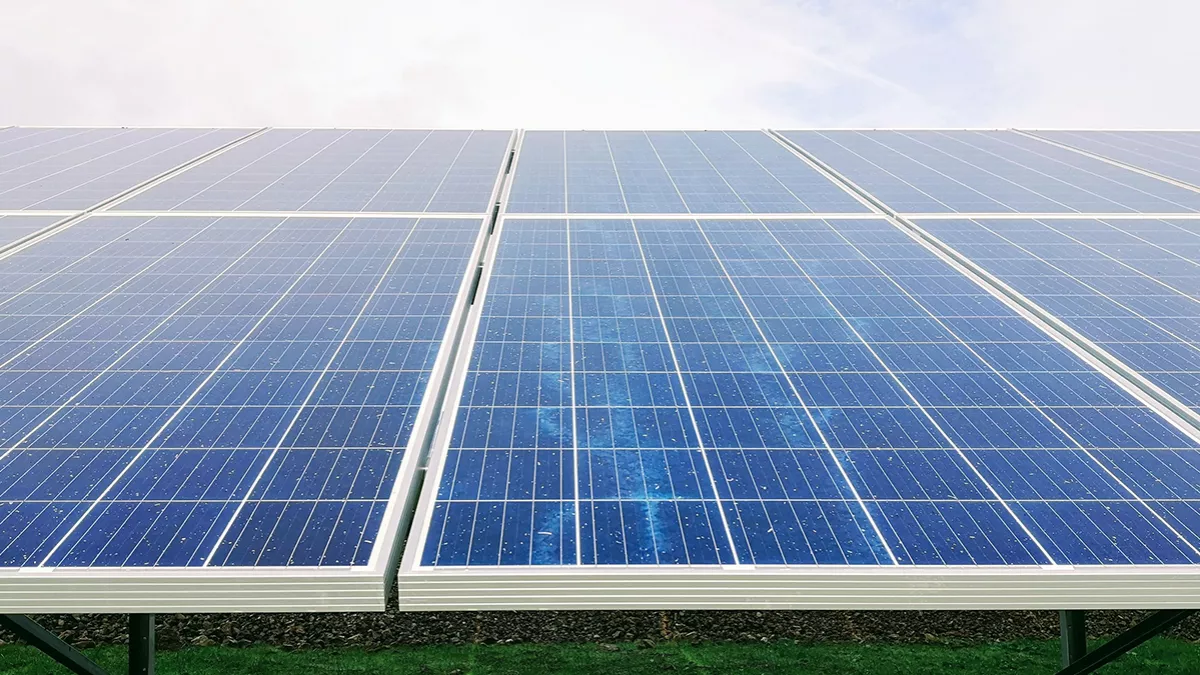
Within the next two years, Qatar will have two additional solar power facilities with a combined capacity of 880 megawatts (MW). This is a component of the nation's effort to switch to clean energy.
The two projects, which will be completed in less than two years, will bring value to Qatar's renewable energy industry, according to Al Harami. According to him, KSPP is crucial in that it has given producers of solar energy a wealth of knowledge and a complete network of renewable energy sources that feed the country's electricity system. Qatar was entirely reliant on gas and steam-powered turbines to generate energy prior to the establishment of KSPP.
In addition to being energy-efficient, KSPP also greatly reduced the amount of labour required to run it, according to Al Harami. He claimed that a small team of engineers and helpers handle the KSPP's primary control room, which is outfitted with the newest technology and algorithms. The solar panels at KSPP begin to produce five minutes after sunrise and reach their peak output in two hours. The Sun rises at 6:30 a.m.
The KSPP has a total capacity of 800 megawatts, making it one of the biggest solar power plants in the area in terms of size and output. It was constructed in Al Kharsah on a 10 square km plot of land.
The facility has more than 1,800,000 solar panels that employ sun tracking technology to watch the sun's path in order to make the best use of the available area and increase daily production. In order to increase production efficiency, the company uses robotic arms and purified water to clean the solar panels at night.
Building KSPP is part of QatarEnergy's revised Sustainability Strategy, which reaffirms the company's commitment to responsible production of clean and inexpensive energy to support the energy transition as a leading energy producer.
The strategy aims to reduce greenhouse gas emissions and install carbon capture and storage technology to absorb over 11 million tonnes of CO2 annually in Qatar by 2035, in addition to expanding solar power to over 5 GW.
In order to help the energy transition, the strategy also intends to significantly lower the carbon intensity of LNG facilities, reinforcing Qatar's commitment to sustainably supply cleaner LNG on a large scale.
